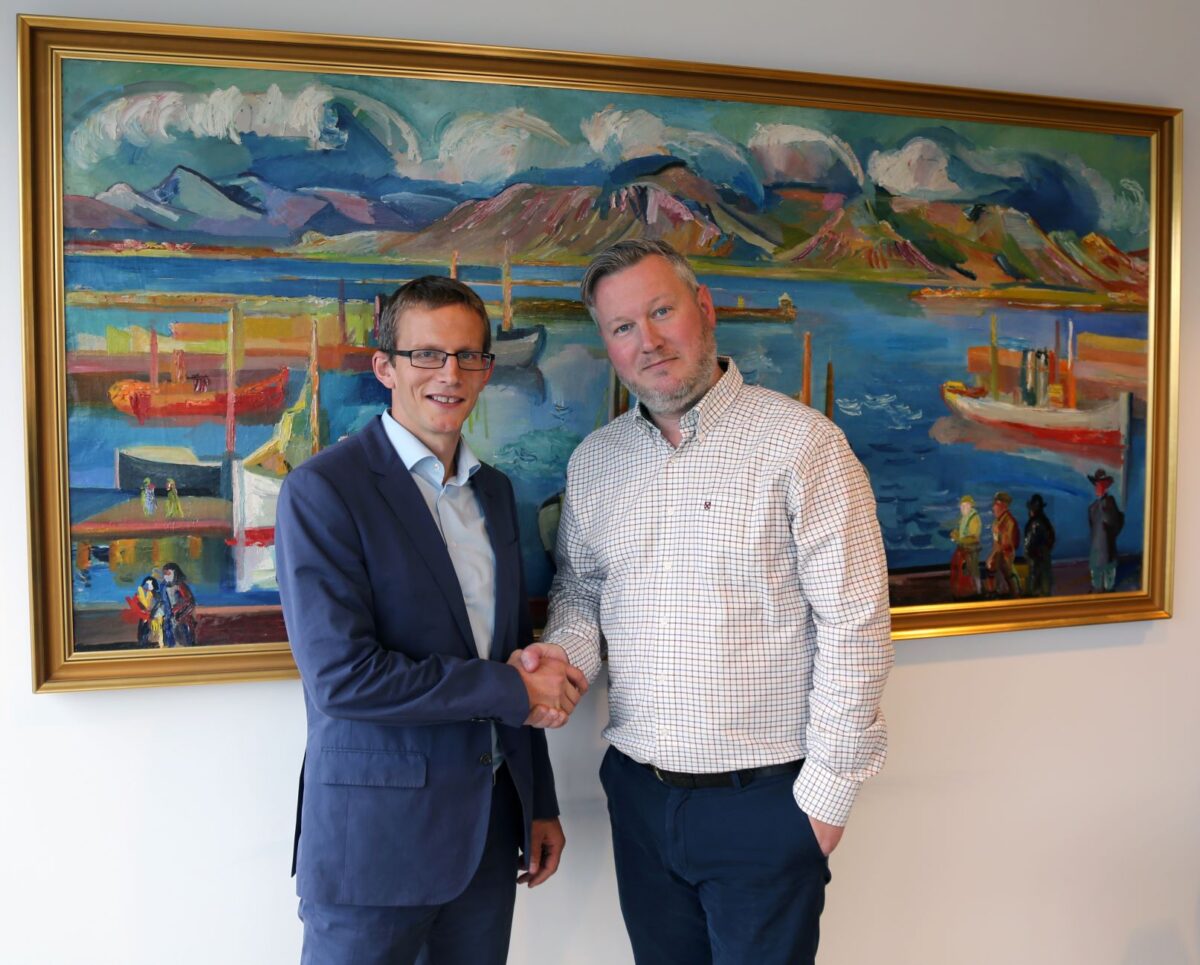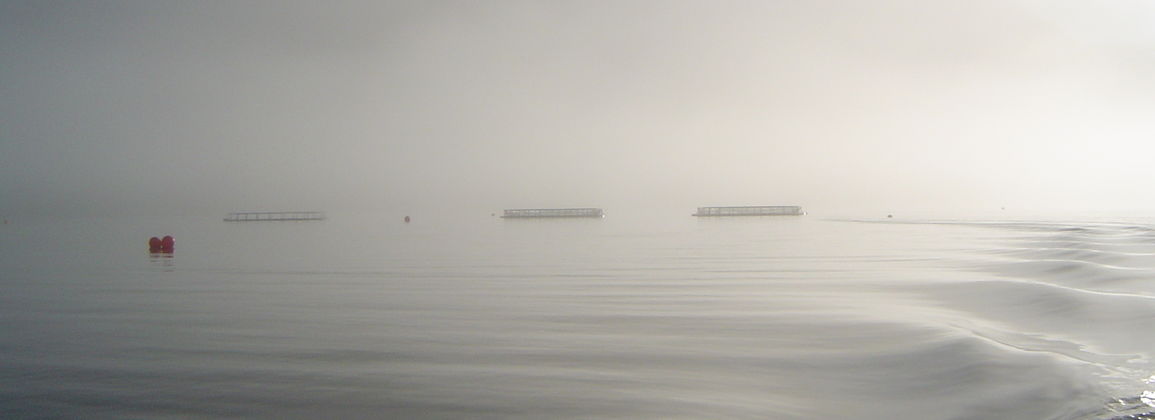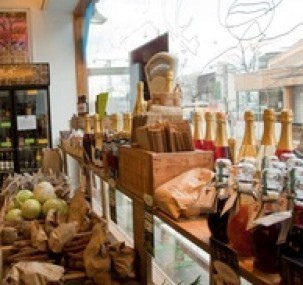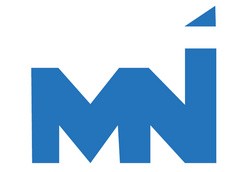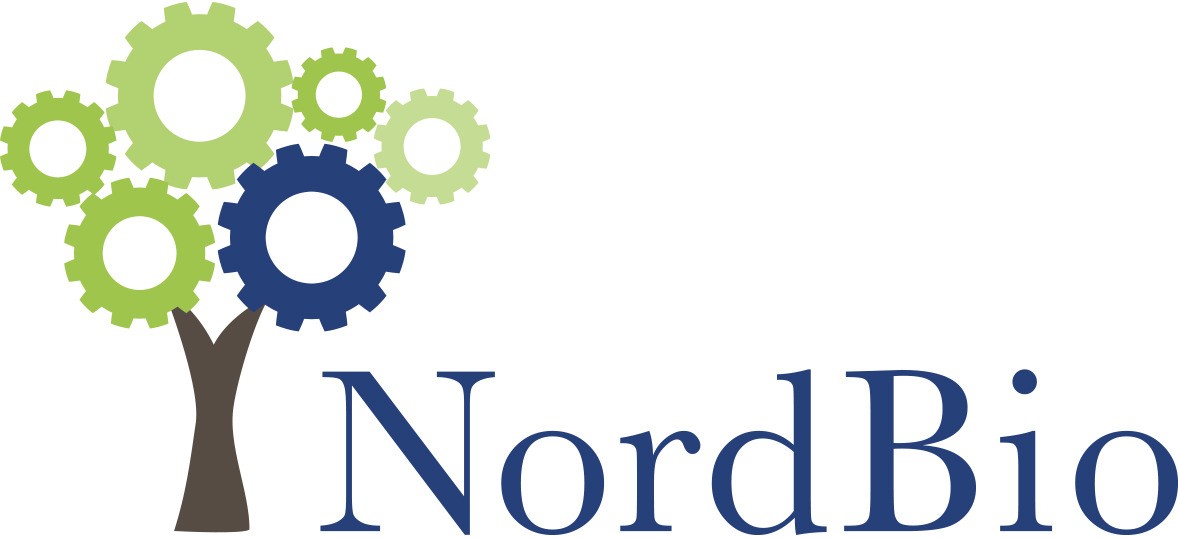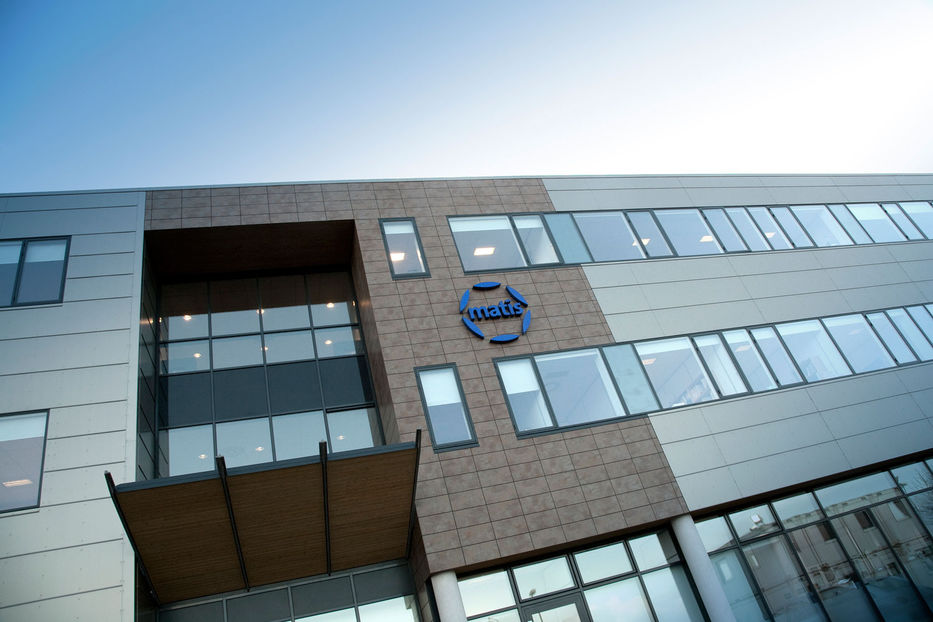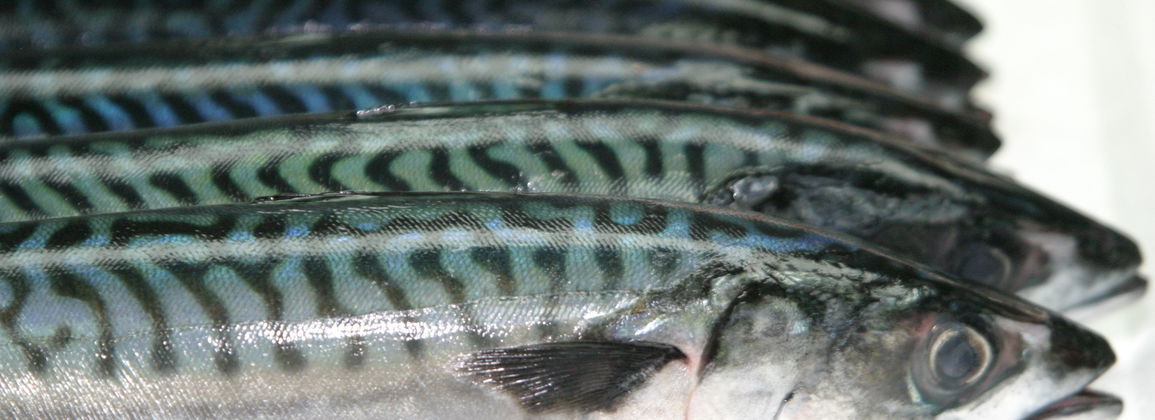With increased development in aquaculture in the southern Westfjords, interesting side projects with aquaculture are emerging that can contribute to less environmental impact. One of those tasks is to find the appropriate processing of fish that dies in fish farms during the farming season.
There is always something about fish dying in the breeding pens due to wounds, diseases or getting lost in the struggle for survival in the pens for some reason. It is common to estimate that about 4% of the fish's slaughter weight is killed during the rearing period. Most fish die while the fish are small after exposure to the cages, but there is always a risk of declines even if an attempt is made to control them. This fish is unfit for human consumption and as feed for animals and fish for human consumption, but it can be used as feed for fur animals if the fish can be caught as soon as possible after death. Most of the dead fish, however, are not usable in fur animal feed, so the way has been used in this country to bury it as there is no other way available yet.
With increased fire, it is foreseeable that the amount of dead fish will increase in the coming years, so it is urgent to try to find ways to make better use of this raw material than to bury it with the associated costs of storage and transport. In Norway, this raw material has been put in acid to prevent odor problems and since then, digestion and other raw materials have been used as feed for decomposing organisms that break down the raw material. During decomposition, biogas is formed, which consists largely of methane and carbon dioxide as well as other gases, and the biogas is then used for energy production. Therefore, the idea arose to investigate whether the production of biogas from dead fish was feasible in the conditions that are being created in the southern Westfjords.
The project was a collaboration between Fjarðalax, Orkubús Vestfjarðar and Matís and received a grant from the Westfjords Development Fund last winter. The project mapped all possible raw material streams in the southern Westfjords that could be considered for biogas production as well as possible utilization of energy from the plant and possible site selection. Based on the plans for an increase in salmon farming in the southern Westfjords, between 1,200 - 1,600 tonnes of dead fish could be produced within a few years, in addition to other raw materials. The cost of disposing of this fish could run at 40 - 60 million ISK per year based on driving and landfilling in Fíflholt in Mýrar, which is the nearest landfill. The cost of setting up a biogas plant that processes a comparable amount of raw materials could be in the range of 80 - 120 million, but economies of scale greatly determine the cost of biogas plants and their operation.
The project showed that there is a shortage of carbon-rich raw materials to mix with the fish to equalize the ratio of carbon and nitrogen, but for the decomposing organisms the desirable ratio of carbon to nitrogen is about 30. Carbon is obtained from straw, cereals such as barley and vegetables examples are taken. There is a small supply of such raw material in the south of the Westfjords and therefore it would have to be transported elsewhere, such as from breweries or other large users. Therefore, another sector of fish farming could possibly become a beer factory in the south of the Westfjords to get carbon for biogas production.
The project did not assess the cost item or the efficiency of the biogas plant, as there are many uncertainties and therefore it is not possible to analyze this with any accuracy. It is clear, however, that it is worth looking more closely at the idea of a biogas plant with regard to business savings and significant environmental benefits for companies and residents in the southern Westfjords. The Westfjords Development Fund is thanked for its financial support of the project, and the many parties who provided information on various aspects are also thanked for their contribution.
The report can be accessed at Matís website.
For further information Lilja Magnúsdóttir at Matís.

